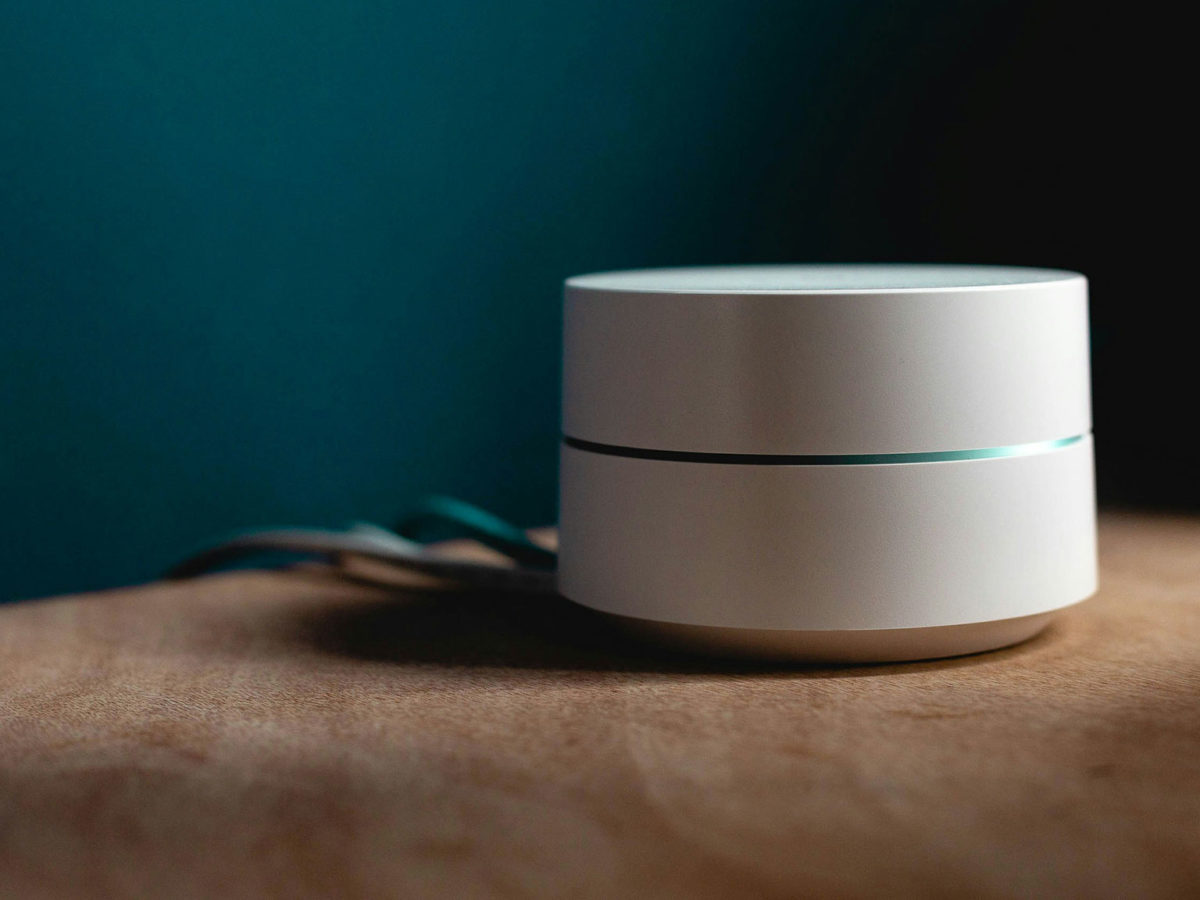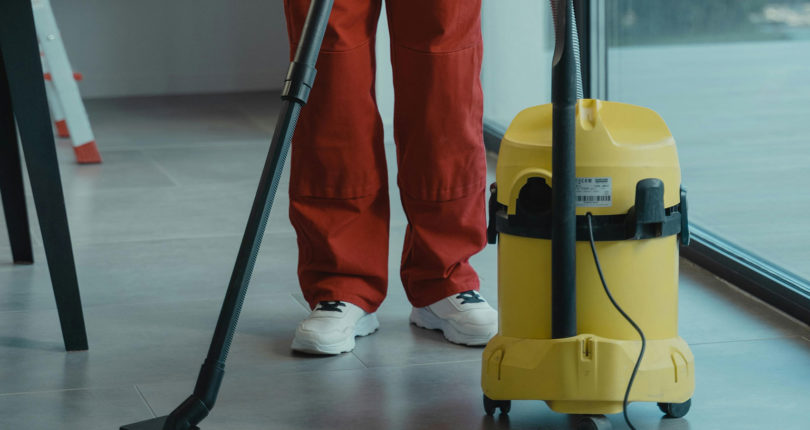Why your business needs an IT strategy for 2023
If you have plans for growth in 2023, you need to be sure your IT infrastructure is up to the job. Having an IT strategy for 2023 will enable your business to adapt to change and embrace innovation. Without one, it will feel like you are paddling the wrong way up the river of eternal hopes and dreams!…

At E2E Technologies we are regularly asked to assist in situations where growth is being achieved but systems can’t cope. Initially, this is akin to putting a plaster on the wound.
An IT strategy for 2023 will put you ahead of the game. If you have already begun marketing campaigns and prepared client packages that will knock competitors out of the park, a robust IT strategy will enable you to deliver all the promises you’ve made. And more.
What is an IT strategy?
An IT strategy plans for how your technology will help your business meet its demand and objectives. How will your technology enhance your offering? How will your IT infrastructure deal with growth in order processing? How will your technology help your business to achieve broader financial goals? How will it improve business processes?
Your IT strategy will highlight where investment in technology is necessary to meet demand, how systems will work together to achieve the required results, timescales for each element and how changes to the IT infrastructure will affect personnel.
With all elements clearly laid out in a shared document, your IT strategy should not be filled with jargon: it must be readable for every employee. All departments will understand from the IT strategy how they will be affected, what is required of them in terms of training and implementation, and the timescales involved.
What are the benefits of a robust IT strategy?
Protects your business from risk
An IT strategy not only helps you prepare for the future but also allows you to assess your current security setup.
If, for example, your reliance on Cloud-based systems increases, your risks change so you need to ensure that you protect the business against those risks. Likewise, you may have security systems in place that are no longer effective but for which you are still paying a princely sum. A robust IT strategy will address organisational risk and changes that must be made to mitigate the chances of damaging security breaches.
Improves return on investment
If you have a comprehensive plan behind investment in applications, systems or personnel across the business, you realise a much higher return on investment simply because it is a strategic, holistic approach rather than investing in individual departments as and when they need it.
Adds value to an existing IT infrastructure
Spending haphazardly on IT because you are reacting to an unplanned need for change rarely generates value. If you have to implement upgrades, for example, because your systems can no longer cope with the upturn in growth, you are likely to overspend and buy software you don’t need. By investing in that upgrade in advance you have the time to consider what you really need and avoid panic buying.
Why outsource your IT strategy
Many businesses don’t have the luxury of a sizable IT department. If a business does have IT personnel, it is unlikely they will have the time to develop an IT strategy alongside their daily work.
Outsourcing an IT strategy to external experts is often the most effective way of implementing the plan across the business. This is because an IT company will know the most recent software available on the market, have experience with what works and what doesn’t in different-sized businesses across a range of sectors, and consequently look at your IT infrastructure with fresh eyes and ideas.
While you may be put off using a third party because of cost, it is likely to save you a lot of money in the long run.
Choose E2E for your IT strategy
E2E Technologies are a managed IT support provider. We work with businesses to create robust IT strategies that facilitate growth with reduced risk and potential for upscaling when needed.
For more information simply contact our team.







